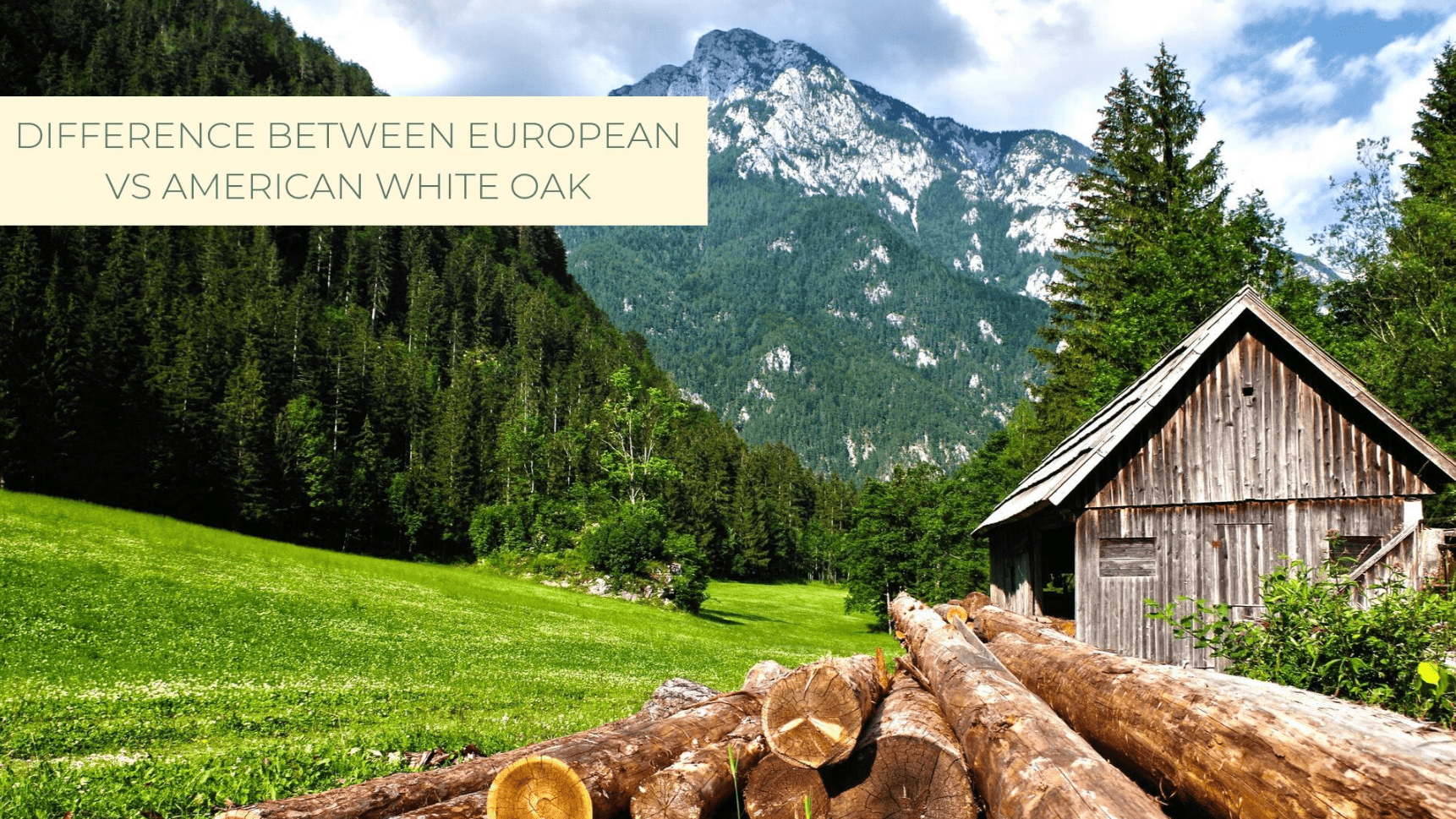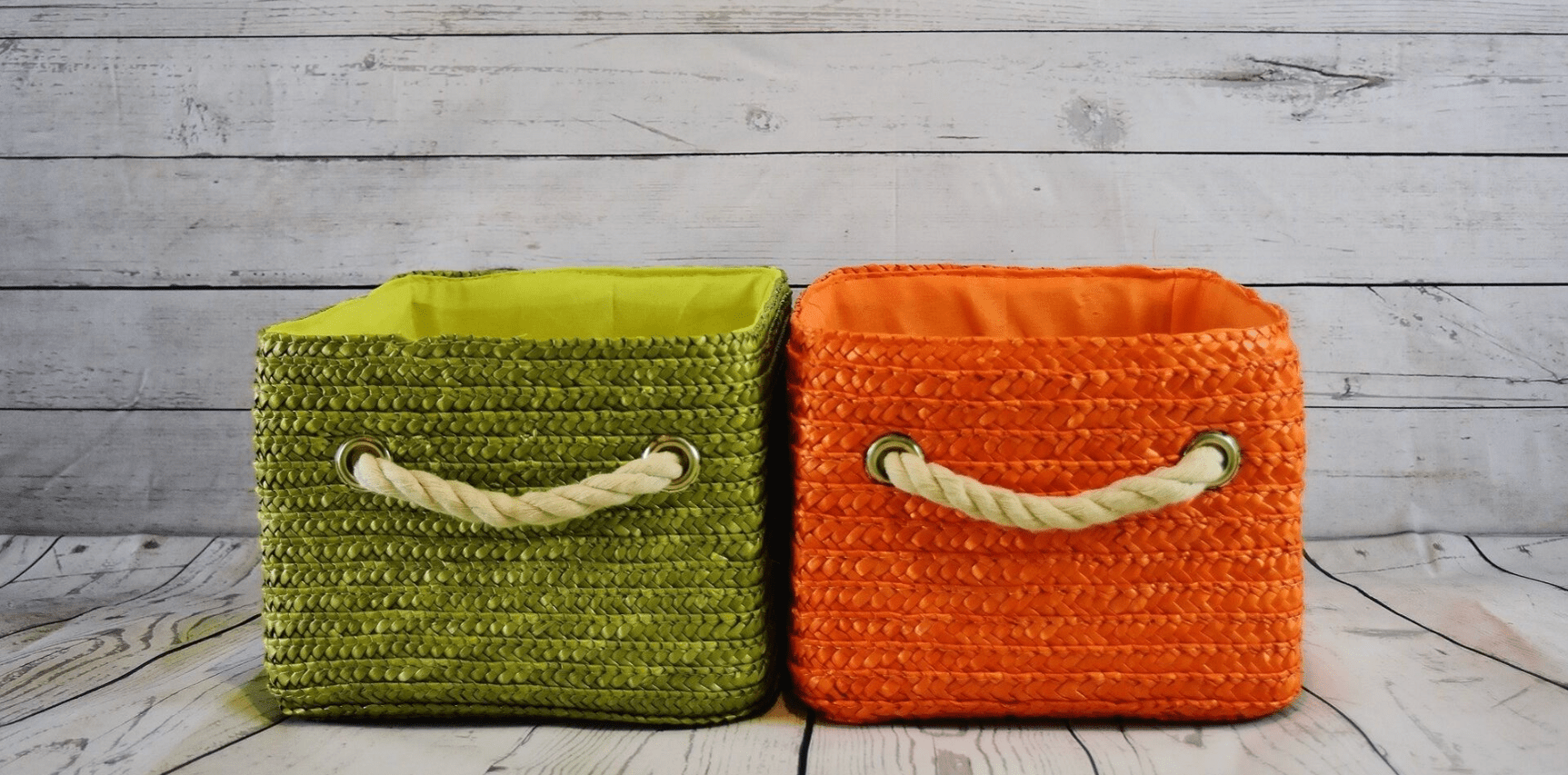
European White Oak v/s American White Oak
If you are in the market for flooring and decided to go for a white oak floor, you have already chosen a reliable and trustworthy wood product. Now you must be encountered with the question of which white oak floor is better- European or American?
To answer this question we need to first understand what is the main difference between the white oak harvested in Europe compared to the white oak from North America. European and American white oak might look similar but they are much different in terms of color, grain pattern and how they absorb stains and finish. Lets dive into this a little deeper with each of the parameters which differentiate European oak from North American oak.
Species and Regions
European white oak (Quercus Robur/Petrea) commonly known as common oak is a temperate hardwood native to Europe west of the Caucasus in countries like Germany, Poland, France and England. The European oak is planted for forestry, and produces a long-lasting and durable heartwood, much in demand for interior floor and furniture work. American oak (Quercus Alba) is also a temperate hardwood predominantly found in Eastern North America in regions of Minnesota, Wisconsin, Ontario, Quebec, and southern Main.
Additionally, there are other species of American oak (Quercus garryana) which grow in Western North America in regions of Oregon and Washington. Typically, American white oak grows high in the mountains and on low lands giving rise to different characteristic and tends to be short and thick. Both species are classed as “white” oaks and have been known to live for several hundred years.
Complexion
Although both oaks have quite similar tones, European oak has a much darker complexion than American oak. European oak has a warm golden brown color whereas American oak has subtly lighter with reddish tones.
Variation in color tone
European oak has a more even color tone across planks than American oak which can show greater color variations between lighter and darker shades due to the much larger grain and growth rings.
Grain Patterns
European white oak tends to have a more wavy and a much tighter grain pattern compared to American oak tends to have a large and predominantly straight grain pattern with much larger grain and growth rings.
Finish and Staining
One of the major benefits of European oak is that it lends itself particularly well to finishing and doesn’t expand and contract to any great extent. Used broadly across most types of furnishing, European oak is usually finished with a natural oil finish such as hardwax oils. An oil finish penetrates the wood fibers to harden them while not altering the natural beauty of the wood. They are easy to care for and are repairable. An oiled floor never needs to be sanded, only regular applications of a maintenance oil are necessary to nourish the wood and bring the luster back ( Learn about 0% VOC hand oiled collections from Castle Bespoke).
American oak on the other hand is generally finished with a polyurethane finish especially when finishing floors. Polyurethane over time will need to be refinished usually by sanding off the original layers of poly and then re-applying a new polyurethane finish making it a timely and costly procedure.
Wood Strength
American white oak has greater inherent fiber strength making it denser compared to European white oak . European oak is typically hard, strong, and heavy wood but American white oak has better overall strength and bending properties relative to weight. However, both American and European oak have enough density to be sawn instead of hand split.
Milling
Though both European and American white oak are durable and strong, European oak grows taller than the average American oak species and is often used for specialty longer length and wider floor planks (Check out Castle Bespoke European white oak wide plank flooring products for ideas for your new floor). Due to the way it grows, the European oak’s sapwood is wider and thicker than its heartwood compared to American oaks. Because the sap wood is thicker in European oak, you will find clearer and more select pieces in wider widths.
Moreover, European oak is generally live-sawn in which the log of the tree is cut right through from the front to the back. This process allows. This gives the flooring a beautiful look while allowing different cuts of hardwood log to be showcased on the planks. This cut of flooring yields a very stable hardwood floor and provides maximum yield of the tree wood. American oak on the other hand is typically cut using three main sawing methods, plain, rift or quartered.
Let’s work together
Start your flooring project today.
Castle Bespoke listens. We hear it from our customers over and over again. Let us help you create your dream floor, your showpiece. Contact us now and get the process started. We make it easy and enjoyable to create a custom, sustainable wood floor.



